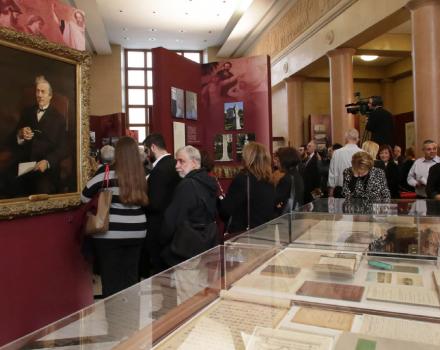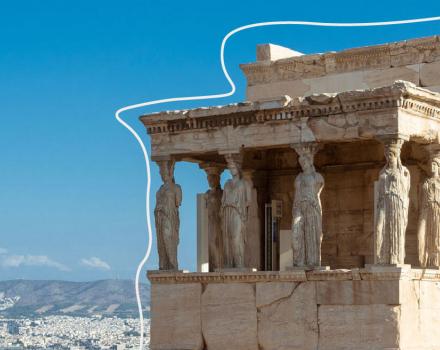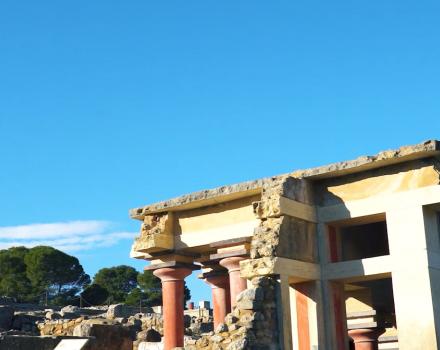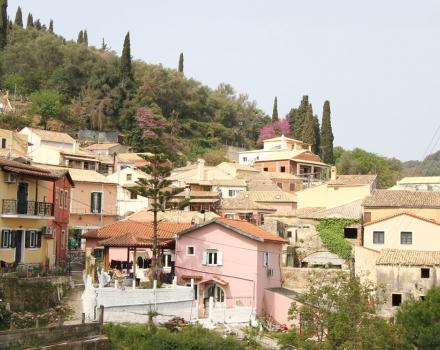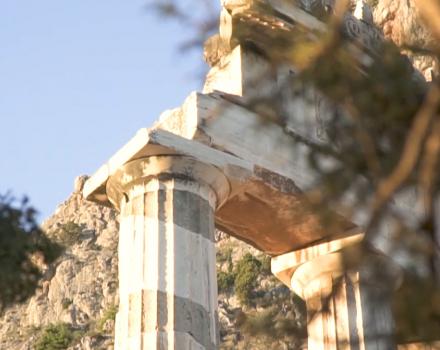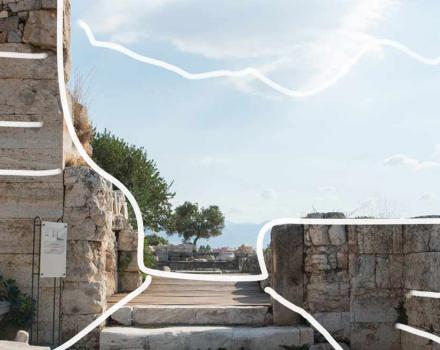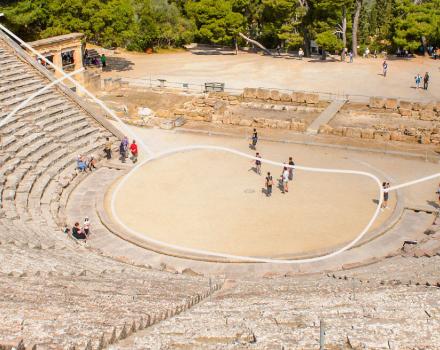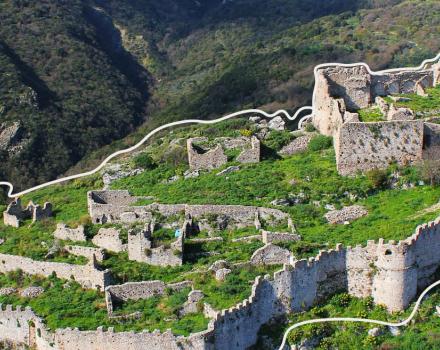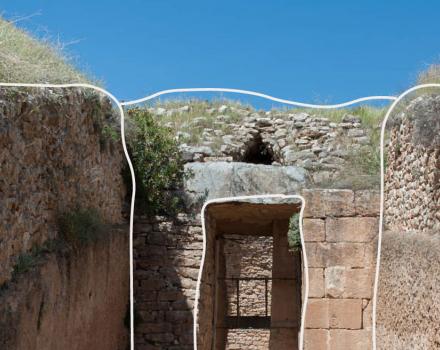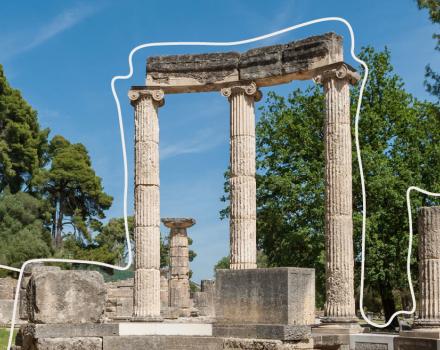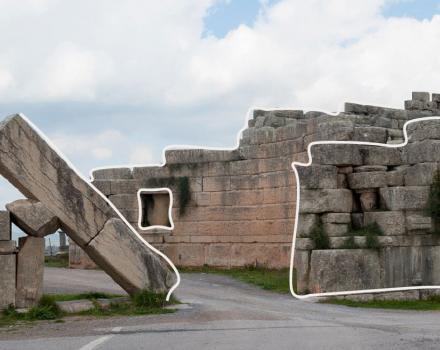What a marble piggy has to do next to goddess statues and pilgrims’ depictions? The piglet votive, spotless and cheerful, is presented at the "Eleusis, the Great Mysteries" exhibition hosted at the Acropolis Museum (until 31 May 2018). "Every prospective pilgrim had to sacrifice a piglet in honor of Demeter” is written on the explanatory sign that resolves our question about its presence in the exhibition.
If you want to learn more about ancient Eleusis and its Great Mysteries with texts, videos, photos and 360-degree panoramas, visit YouGoCulture's travel destination ELEUSINA: 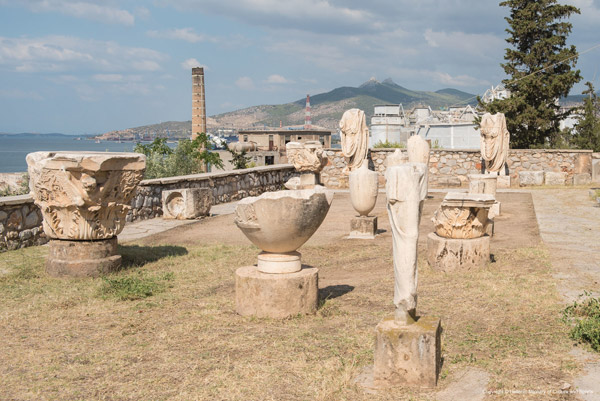 yougoculture.com/virtual-tour/eleusina
yougoculture.com/virtual-tour/eleusina
It is not clear when exactly each pilgrim sacrificed his own piglet. It is more likely that "this was happening at the second day of the celebration, since the pilgrims returned from the sea where they themselves and the sacrificed animals had a purifying bath" we read in the small, finest catalogue of the exhibition published by the Acropolis Museum. That means that the man and the piglet had to be purified before they came closer to the divine.
Afterwards, the meat of the animal was consumed, while according to another opinion, the full charring of the piglets was occurring, as a holocaust sacrifice. Indicative is an excerpt from the comedy "Batrachoi" (Frogs) by the great satirical poet Aristophanes (445-386 B.C.). "Oh goddess, Demeter's precious daughter, how sweet is the smell of pork," says Xanthias the slave when the procession of the pilgrims approaches and the irritating smell of pork comes to his nose.
"The piglets’ sacrifice in honor of the goddess Demeter was a common practice in the whole ancient world, both in ancient Greece and in the colonies," is noted in the exhibition’s catalogue. Because of the easy breeding of the pig and his proverbial fertility, the pigs were the cheapest animals for sacrifice.

